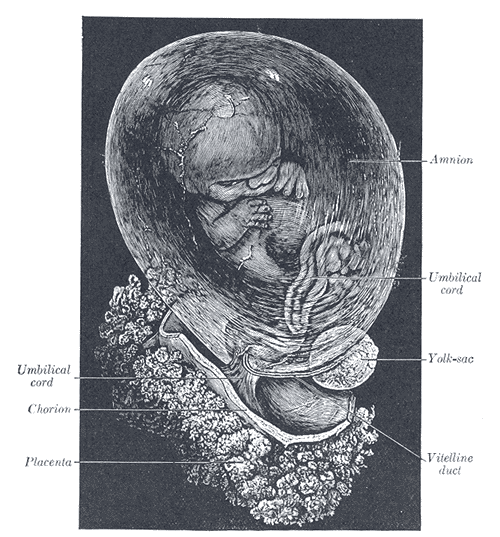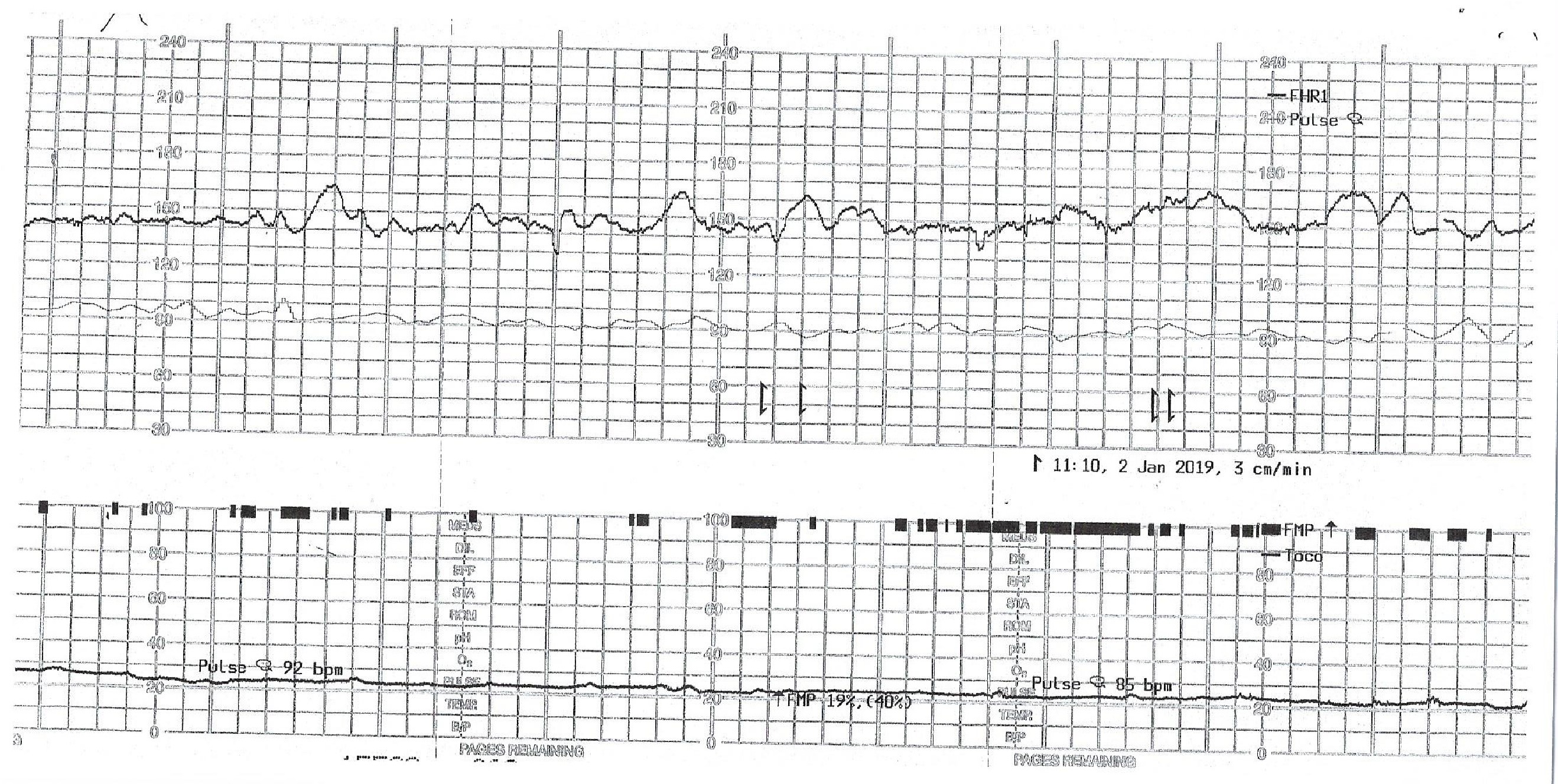[1]
Das R, Jana N, Arora N, Sengupta S. Ultrasound assessment of fetal hearing response to vibroacoustic stimulation. The journal of maternal-fetal & neonatal medicine : the official journal of the European Association of Perinatal Medicine, the Federation of Asia and Oceania Perinatal Societies, the International Society of Perinatal Obstetricians. 2020 Jul:33(14):2326-2332. doi: 10.1080/14767058.2018.1548600. Epub 2019 Jan 8
[PubMed PMID: 30618302]
[2]
Kapaya H, Almeida J, Karouni F, Anumba D. Management of reduced fetal movement: A comparative analysis of two audits at a tertiary care clinical service. European journal of obstetrics, gynecology, and reproductive biology. 2020 May:248():128-132. doi: 10.1016/j.ejogrb.2020.03.040. Epub 2020 Mar 18
[PubMed PMID: 32203823]
Level 2 (mid-level) evidence
[3]
Flenady V, Ellwood D, Bradford B, Coory M, Middleton P, Gardener G, Radestad I, Homer C, Davies-Tuck M, Forster D, Gordon A, Groom K, Crowther C, Walker S, Foord C, Warland J, Murphy M, Said J, Boyle F, O'Donoghue K, Cronin R, Sexton J, Weller M, McCowan L. Beyond the headlines: Fetal movement awareness is an important stillbirth prevention strategy. Women and birth : journal of the Australian College of Midwives. 2019 Feb:32(1):1-2. doi: 10.1016/j.wombi.2018.12.001. Epub 2018 Dec 15
[PubMed PMID: 30563769]
[4]
Sterpu I, Pilo C, Koistinen IS, Lindqvist PG, Gemzell-Danielsson K, Itzel EW. Risk factors for poor neonatal outcome in pregnancies with decreased fetal movements. Acta obstetricia et gynecologica Scandinavica. 2020 Aug:99(8):1014-1021. doi: 10.1111/aogs.13827. Epub 2020 Mar 12
[PubMed PMID: 32072616]
[5]
Daly LM, Boyle FM, Gibbons K, Le H, Roberts J, Flenady V. Mobile applications providing guidance about decreased fetal movement: Review and content analysis. Women and birth : journal of the Australian College of Midwives. 2019 Jun:32(3):e289-e296. doi: 10.1016/j.wombi.2018.07.020. Epub 2018 Aug 20
[PubMed PMID: 30139669]
[6]
Bradford B, Cronin R, McKinlay C, Thompson J, McCowan L. Maternally perceived fetal movement patterns: The influence of body mass index. Early human development. 2020 Jan:140():104922. doi: 10.1016/j.earlhumdev.2019.104922. Epub 2019 Nov 15
[PubMed PMID: 31739267]
[7]
Heazell AEP, Budd J, Li M, Cronin R, Bradford B, McCowan LME, Mitchell EA, Stacey T, Martin B, Roberts D, Thompson JMD. Alterations in maternally perceived fetal movement and their association with late stillbirth: findings from the Midland and North of England stillbirth case-control study. BMJ open. 2018 Jul 6:8(7):e020031. doi: 10.1136/bmjopen-2017-020031. Epub 2018 Jul 6
[PubMed PMID: 29982198]
Level 2 (mid-level) evidence
[8]
Huang C,Han W,Fan Y, Correlation study between increased fetal movement during the third trimester and neonatal outcome. BMC pregnancy and childbirth. 2019 Dec 4;
[PubMed PMID: 31801506]
[9]
Bellussi F, Po' G, Livi A, Saccone G, De Vivo V, Oliver EA, Berghella V. Fetal Movement Counting and Perinatal Mortality: A Systematic Review and Meta-analysis. Obstetrics and gynecology. 2020 Feb:135(2):453-462. doi: 10.1097/AOG.0000000000003645. Epub
[PubMed PMID: 31923063]
Level 1 (high-level) evidence
[10]
Haws RA, Yakoob MY, Soomro T, Menezes EV, Darmstadt GL, Bhutta ZA. Reducing stillbirths: screening and monitoring during pregnancy and labour. BMC pregnancy and childbirth. 2009 May 7:9 Suppl 1(Suppl 1):S5. doi: 10.1186/1471-2393-9-S1-S5. Epub 2009 May 7
[PubMed PMID: 19426468]


